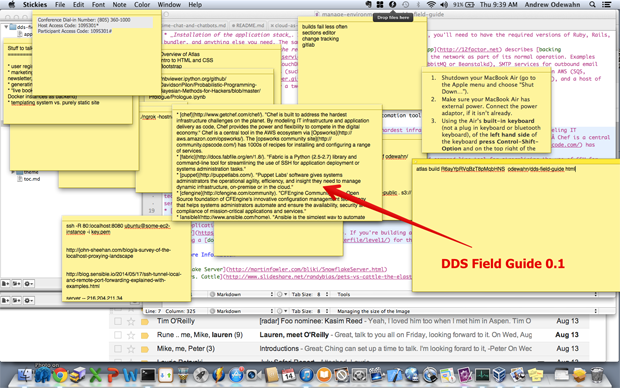
Seven years ago, Steve Souders and Jesse Robbins came to the realization that they both worked within “tribes” that, while ostensibly quite different, were talking about many of the same things. Front-end developers and engineers were figuring out how to make web pages faster and more reliable, and web operations folks were making deployments faster and more resilient.
And so goes the tale of how Velocity came to be — a conference that brought those tribes together and openly shared how to make the web faster and stronger. In those seven years, quite a lot has changed, and many ideas, terms, and technologies have come into being — some directly as a result of Velocity, others were already in the works. DevOps, Chef, Puppet, Continuous Delivery, HTTP Archive — these were the earlier forays. Soon to follow were AWS, Application Performance Monitoring (APM) products, many more monitoring tools, many more CDN vendors, WebPageTest, the explosion of the cloud, Chaos Monkey, mobile everything, Vagrant, Docker, and much, much more.
Out of the fire of Velocity came a New Way of doing things forged in a web-centric world. Along the way, something changed fundamentally about not just tech companies, but companies in general. As we looked around more recently, we realized it wasn’t just about the web and fast pages any more. Read more…










